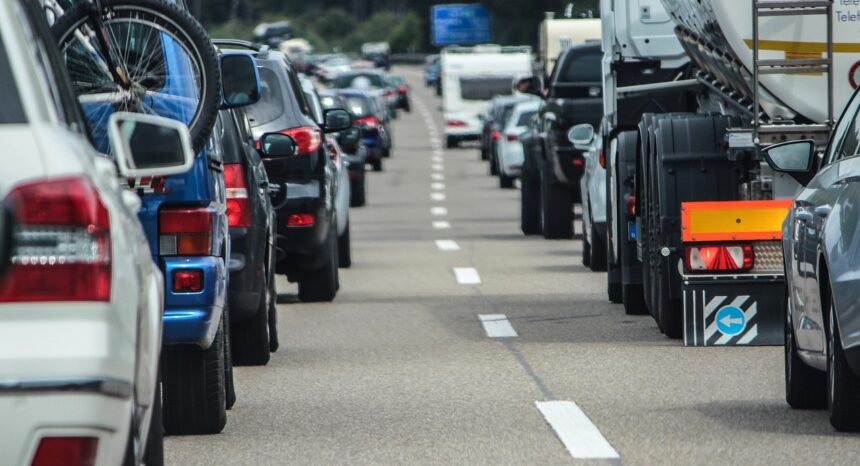U.S. streets have been filled with traffic since the country’s founding — first with wagons and livestock and now with more than 250 million autos and trucks. Building more and wider roads can reduce congestion, but the benefits are generally temporary: Vehicles soon fill new lanes, and the cycle starts all over again. The massive highway boom after World War II did speed cross-country travel, but it also added suburban congestion to the list of pressing national problems.
The possibility of a link between road capacity and traffic volume was first proposed in 1962, and research continues on the subject. A 2011 study published in The American Economic Review, “The Fundamental Law of Road Congestion: Evidence from U.S. Cities,” looks at city-level traffic in the continental United States to explore the relationship between road capacity and congestion.
The researchers, from the University of Toronto and the London School of Economics, analyzed data from the federal Highway Performance and Monitoring System for 1983, 1993 and 2003, as well as other sources. Public transit, employment, population, geography and political factors were also examined, to get a broader and deeper view into the relationship between infrastructure and congestion.
The study’s findings include:
- The number of vehicle-kilometers traveled (VKT) increases in direct proportion to the available lane-kilometers of roadways. The additional VKT traveled come from increased driving by current residents and businesses, and migration.
- Building new roads and widening existing ones only results in additional traffic that continues to rise until congestion returns to the previous level. Such attempts to “cure” congestion are thus both expensive and ineffective.
- Increasing the lane kilometers for one type of road does not significantly reduce congestion on others — for example, widening highways does little to reduce local congestion.
- Metropolitan areas appear to construct new lane-kilometers of roadway “with little or no regard for the prevailing level of traffic.”
- Because roadways have “natural” levels of congestion to which they always return, mass transit projects will not reduce traffic.
“Our results strongly support the hypothesis that roads cause traffic,” the researchers conclude. Consequently, expansions in road capacity are an ineffective tool for combating traffic congestion. The authors suggest that congestion pricing — currently used in cities such as London, Stockholm and Singapore — is the best approach.
While mass transit projects do not directly reduce congestion, related research has found that they have the benefit of reducing the negative externalities of automobile use, such as pollution and accidents. In addition, because transit increases mobility without putting people in cars, it reduces pressure to further expand roads.
Related research: A 2014 study published in American Economic Journal: Economic Policy, “The Effects of Regulation in the Presence of Multiple Unpriced Externalities: Evidence from the Transportation Sector,” examines the impact of allowing single-occupant low-emission vehicles in high-occupancy vehicle (HOV) lanes to encourage their adoption and thus decrease greenhouse-gas emissions. The researchers conclude: “The resulting welfare effects of the policy are negative, with environmental benefits overwhelmingly dominated by the increased congestion costs. Exploiting the introduction of the Clean Air Vehicle Stickers policy in California with a regression discontinuity design, our results imply a best-case cost of $124 per ton of reductions in greenhouse gases, $606,000 per ton of nitrogen oxides reduction, and $505,000 per ton of hydrocarbon reduction, exceeding those of other options readily available to policymakers.”
Also of interest is a 2014 study in the Proceedings of the National Academy of Sciences (PNAS), “Cities, Traffic and CO2: A Multidecadal Assessment of Trends, Drivers and Scaling Relationships.” It uses 33 years of data to build an inventory of annual roadway CO2 emissions in the United States. The scholars conclude: “Geographic differences in the density-emissions relationship suggest that ‘smart growth’ policies to increase urban residential densities will have significantly different effects on emissions depending on local conditions, and may be most effective at low densities. Our results highlight the importance of cities as sources of CO2 and the need for improved fine-scale inventories for monitoring and reporting of emissions.”
Keywords: cars, infrastructure, mass transit, greenhouse gases, climate change, global warming


Expert Commentary